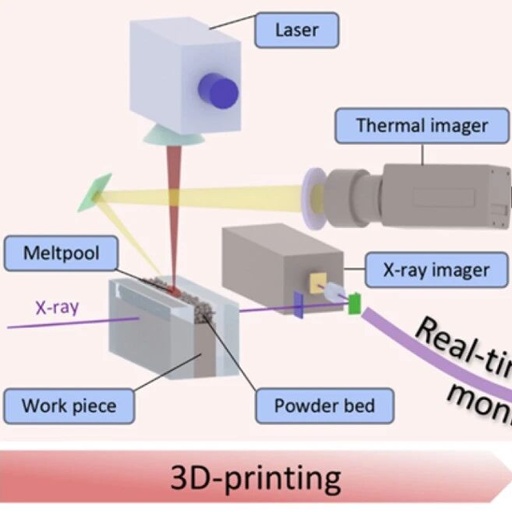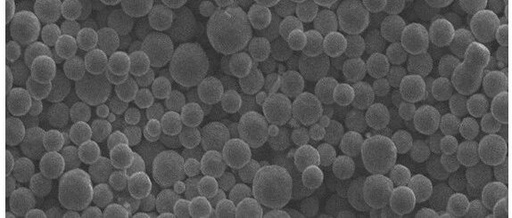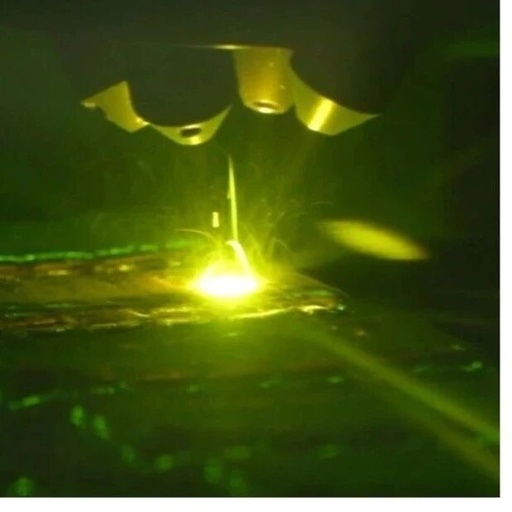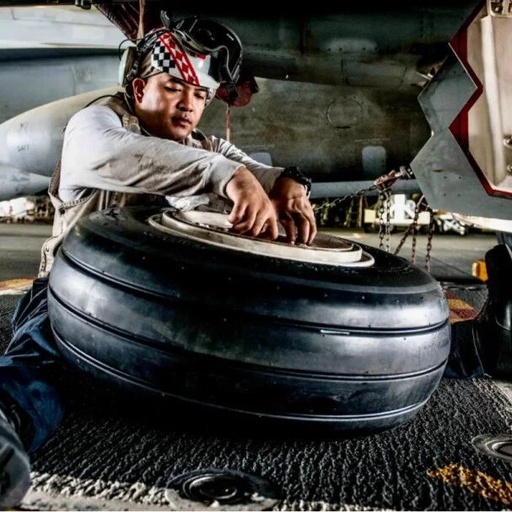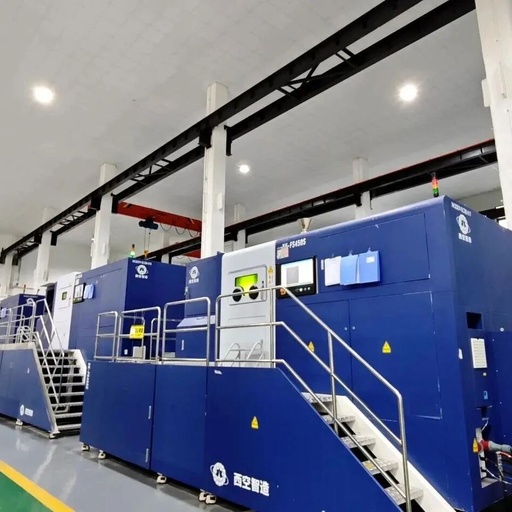AI-Based Real-Time Defect Detection in 3D Printing Released by the U.S. Department of Energy
#AM易道 News The U.S. Department of Energy’s Office of Basic Energy Sciences released research on June 6, introducing a novel real-time defect detection method for 3D printing. This AI-driven technology utilizes advanced X-ray and thermal imaging characterization techniques to monitor and accurately detect the typical printing defect of keyhole porosity in real-time during the 3D … Read more
